Successful Stock Trading – A Guide to Profitability
$5.48
| Author(s) | |
|---|---|
| Format |
|
| Pages |
64 |
| Publication Year |
2012 |
Successful Stock Trading – A Guide to Profitability is designed to show you an alternative way of looking at profitability and your own trading. Nick Radge has been trading and investing for 26 years. He has “seen it all” when it comes to the markets. This practical guide is Nick’s stock traders bible – Nick explains the simple maths behind profitablity. It’s not how often you win, it’s how much you win when you win.
Author’s Note:
My reputation in the retail marketplace is as a specialist in risk management and systematic trading strategies. While systematic trading may sound complicated to the new trader, it simply means a strategy that is defined by very specific rules – rules to define the trend, enter and the market and manage risk. This is the way I have always traded and I am happy to share my insights into trading the global markets.
I deal with technical analysis rather than fundamental analysis. It’s my belief that the picture of a stock’s current price action and price history cannot be disputed – it is a 100 per cent certainty. A company’s balance sheet, earnings and disclosures, however, can be disputed. Bear Sterns, Lehman Brothers, MF Global and Enron are some better known and recent examples where many fundamental analysts got it plain wrong and, unfortunately, investors paid the price for the poor analysis. Other examples are just as bad and I collected a huge number of examples in the early 2008 deluge of earnings downgrades. We can see the same trend of poor disclosure throughout the world. While an in-depth look at all of these examples is beyond the scope of this book, suffice to say I believe the reliance of many analysts on company disclosures is questionable.
I readily accept that the application of both types of analysis is equally subjective. In order to establish a fair valuation for a stock, a fundamental analyst must make assumptions on future earnings growth and other contributing factors, such as the expected period of growth, non-growth periods and benchmark interest rates. Once these assumptions have been plugged into analysts’ models, the resulting valuations vary considerably. These valuations are easily accessible by reviewing consensus data. However, the same applies for the technicians. The way one pattern is read can vary among analysts. In this area, I see technical analysis and fundamental analysis standing side by side.
However, the main benefit of technical analysis over fundamental analysis is that the charts provide a very specific right or wrong point where protective stops can be placed and monetary losses can be limited. As you’ll see shortly, the limitation of losses is paramount to the success of a trader and an investor, both financially and psychologically.
Contents:
- AIMS
- SKEWING THE NUMBERS TO WIN
- ENTRIES, FREQUENCY AND MIND-SET
- RISK MANAGEMENT
- CONCLUSION AND FURTHER READING
- APPENDIX A – STOPS AND LONG TRADING
- APPENDIX B – STOPS AND SHORT TRADING
Successful Stock Trading - A Guide to Profitability By Nick Radge pdf
17 reviews for Successful Stock Trading – A Guide to Profitability
Clear filtersOnly logged in customers who have purchased this product may leave a review.


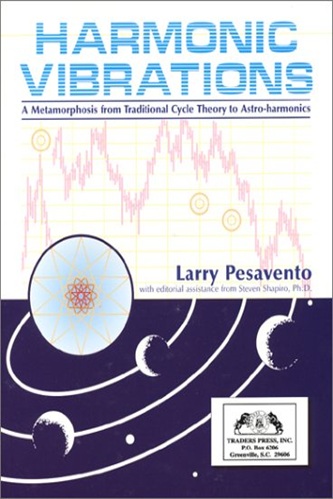
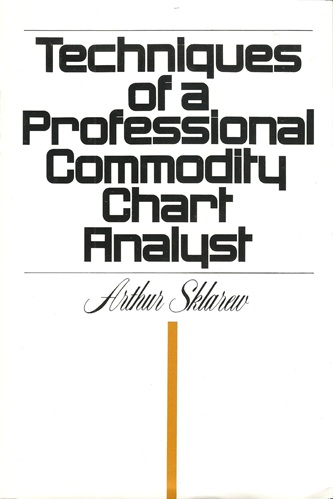

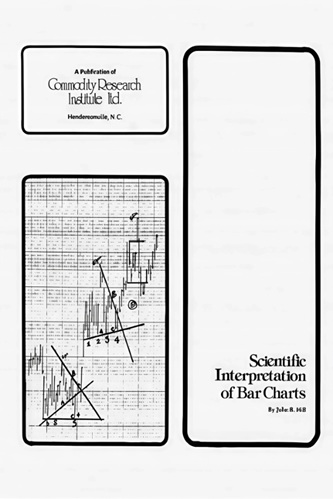
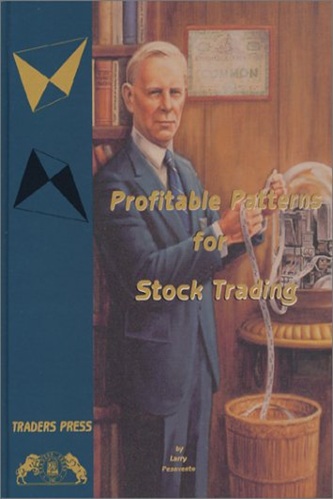
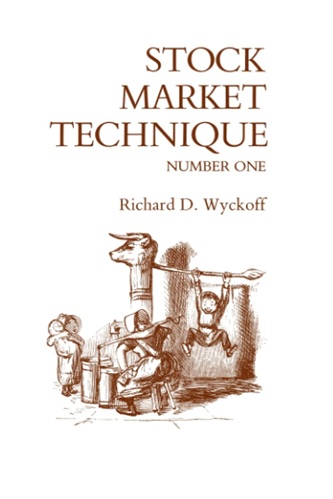
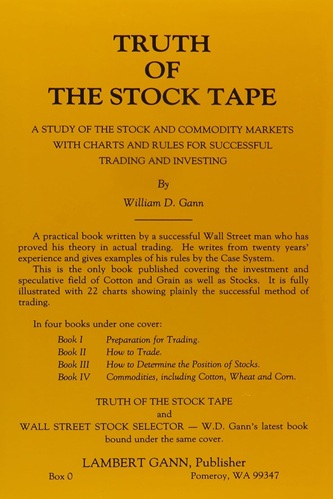
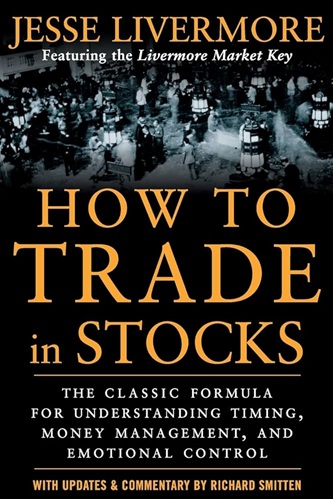
Bryce Freeman (verified owner) –
Mr Radge presents well researched and clearly described strategies to conserve capital as well as to maximise profit when trading.
Roger Galindo (verified owner) –
This little book sets out some undeniable facts, Nick has gotten to the bottom of the issue of what it really takes to make a reading system work. Quite a breath of fresh air.
Logan Nash (verified owner) –
… stuff for someone who is interested in this subject
Lawrence Church (verified owner) –
Recommended if you want to devote yourself to this and be profitable. Trading system, psychology and monetary management are the three pillars of this business. We tend to focus on one of them when in reality all three are equally important. And this book teaches very well the importance of monetary and risk management. It’s a simple book that goes straight to the point.
Roman Murphy (verified owner) –
Great book with clear ideas and concepts easy to understand it’s a must read. Also explained with examples which make sense.
Corinne Bennett (verified owner) –
Nick Radge sets out the basics to becoming a consistently profitable trader in an easier to follow and implement manner,
Well worth a read if you’d want to become a better trader.
Malia Blevins (verified owner) –
This is a great refresher of asymmetric leverage and the need to cut losses short and run your gains. It discusses low risk trading but like most books doesn’t provide support for the true challenges of trading which are played out on the 6 inch course between your ears. A good primer to anyone trying to understand the Maths.
Nico Keller (verified owner) –
clear, concise explanation of the mathematics that govern the profitability – or lack thereof- of any trading system
Jaxxon Sierra (verified owner) –
Please don’t wast your money here..
Bella Hess (verified owner) –
Plainly to the point writing, no sales pitch just good solid advise from a guy who practices what he preaches and puts it out there for anyone to see
Norah Kim (verified owner) –
Some very good practical advice for anyone who is interested in markets. Eliminating large losses and getting larger winners/profits is key. You’ll see the proof here. And, it’s a quick easy read.
Marceline Guerrero (verified owner) –
Clear explanation of basic time proven techniques to be used in any trading market. Quick easy read as a start.
Leonardo Nava (verified owner) –
Most valuable part of the book for me was the discussion regarding risk management and how to filter out the best stick. Hee discussed a concept that makes a lot of sense, but i had not read before. Overall a very worthwhile book.
Ayleen Cantu (verified owner) –
For a buck I got two pearls of wisdom.. so yes, it was worth reading this short book. Radge states that what makes you a successful trader is how much you win when you win and how much you lose when you lose. The simplicity of that statement is pure gold baby !!
Secondly, he views a trader as one who simply enters a trade and then defends the risk involved with that position. Defending the risk is about finding a low risk set up, moving the protective stop to breakeven as soon as it is appropriate and trailing the stop as the trend develops.
Pearl #2 !! that is worth $1 and your time.
Scout Lowery (verified owner) –
Excellent Book! The book is short, to the point, and very clearly written. Mr. Radge does a super job of making the most important, seemingly complex aspects of trading (making money) simple. Also, what a value! Mr. Radge, in my opinion, is one of the extremely rare individuals who gives you much more than he asks- his great insight for basically free. The world needs more people like him! Thank you!
Anakin Lynch (verified owner) –
Nick Radge is the only person who I have come across who is a trend following trader, has a long and successful track record, and has decided to write a book about trading. It is exceedingly rare to even find someone with two of these characteristics.
After trading for seven years myself, I am able to cut through who profoundly understands trading. Radge is able to condense some of this deep understanding into just over 50 pages, which meant that I ended up highlighting huge sections of the book (more so than most full sized books).
I would recommend this book to new traders starting out. Unfortunately, most new traders are not interested in learning about boring topics such as position sizing and risk management, but would rather proceed directly to making money quickly, which is impossible. In the end, this book will likely resonate with experienced traders, who need this lesson the least.
Chandler Nixon (verified owner) –
After reading over 100 investing books, this is the only one that has compelled me to write a review. I came across this title while searching for a nice leisurely read on the stock market and thought it sounded interesting. With the 0.99 sales price, my hopes weren’t that high, but I thought it would be a low risk investment.
I was thoroughly surprised to find inside the book a discussion of expectancy and risk-to-reward ratios. Understanding these concepts is fundamental to being a successful trader. Surprisingly, these ideas are also the least represented in popular trading books. It is not an exaggeration to say that the ideas presented in this book are NECESSARY KNOWLEDGE for ANYONE interested in trading, regardless of your particular philosophy or approach to the markets.
The author also provides a few simple excel models to demonstrate the relevance of expectancy to trading success. If you know your trading method’s risk-to-reward ratio and % successful trades, the examples can be adjusted to model your own strategy’s potential outcomes over hundreds or thousands of trades.
This book is a great supplement to Van Tharp’s book, Trade Your Way to Financial Freedom, which also deals with expectancy.